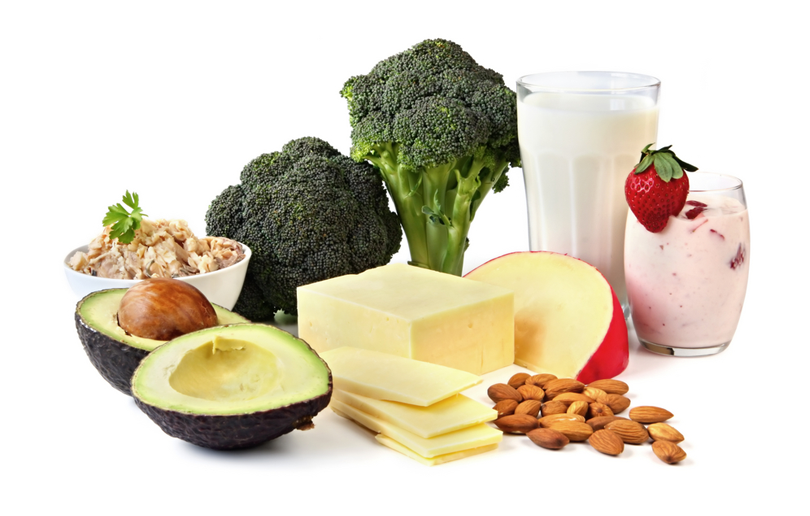Getting Your Vitamin D Fix from Foods
By: Manika Dhama
Sunning yourself at the beach might appear to be the best way to keep Vitamin D levels in check, but experts warn that may not be enough. Plus, there is the skin cancer risk to consider.
More and more people, especially women, have shown signs of low levels of vitamin D when tested and it could lead to bone-related diseases in the long-run, such as osteoporosis, which afflicts scores of women around the globe.

So how can you protect yourself from becoming a dire vitamin D statistic? There are several foods rich in this essential vitamin that you can turn to:
– Cod Liver Oil
1 tablespoon of this oil not only provides vitamin D, but it is also rich in vitamin A and Omega-3 fats
– Oily Fish
Smoked salmon, swordfish and canned trout have among some of the highest levels of vitamin D. Others include mackerel, sardines, tuna canned in oil, etc.
– Portobello Mushroom
Mushrooms that are exposed to sunlight while growing, or before eating, tend to provide more vitamin D
– Fortified Cereals
Whole grain cereals are a great way to start your day and add the essential vitamin D to your diet
– Tofu
Tofu and soy foods are also rich in vitamin D. Look for ‘Firm’ and ‘Lite’ varieties at the supermarket
– Dairy Products (or alternatives)
If you have not gone vegan yet, then butter, fortified low-fat milk and yogurt can also be part of the daily dose of vitamin D. For vegans, dairy alternatives such as soy milk, almond milk and rice drinks are great substitutes
– Eggs
Hard-boiled eggs are the best source of vitamin D, but they can also be eaten raw, poached, scrambled or as an omelet
Vitamin D is oil soluble, therefore, in addition to including the above foods in your diet, you also need to eat fat to absorb it in the body. This sunshine vitamin ensures your body absorbs calcium and aids in bone development. However, an overdose could increase the risk of heart disease or kidney failure.
The recommended U.S. Daily Value for vitamin D is 600 IU (International Units). Measured in micrograms (mcg, µg), the conversion is 1µg=40IU. Toxicity threshold is about 10,000 to 40,000 IU/day and daily doses should not exceed these levels.











Comments